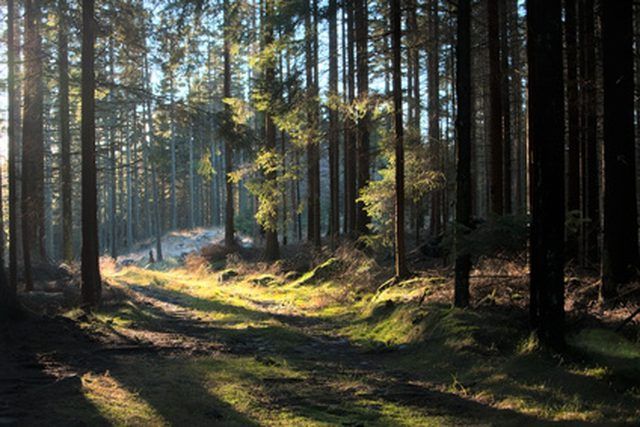Bulbs
Flower Basics
Flower Beds & Specialty Gardens
Flower Garden
Garden Furniture
Garden Gnomes
Garden Seeds
Garden Sheds
Garden Statues
Garden Tools & Supplies
Gardening Basics
Green & Organic
Groundcovers & Vines
Growing Annuals
Growing Basil
Growing Beans
Growing Berries
Growing Blueberries
Growing Cactus
Growing Corn
Growing Cotton
Growing Edibles
Growing Flowers
Growing Garlic
Growing Grapes
Growing Grass
Growing Herbs
Growing Jasmine
Growing Mint
Growing Mushrooms
Orchids
Growing Peanuts
Growing Perennials
Growing Plants
Growing Rosemary
Growing Roses
Growing Strawberries
Growing Sunflowers
Growing Thyme
Growing Tomatoes
Growing Tulips
Growing Vegetables
Herb Basics
Herb Garden
Indoor Growing
Landscaping Basics
Landscaping Patios
Landscaping Plants
Landscaping Shrubs
Landscaping Trees
Landscaping Walks & Pathways
Lawn Basics
Lawn Maintenance
Lawn Mowers
Lawn Ornaments
Lawn Planting
Lawn Tools
Outdoor Growing
Overall Landscape Planning
Pests, Weeds & Problems
Plant Basics
Rock Garden
Rose Garden
Shrubs
Soil
Specialty Gardens
Trees
Vegetable Garden
Yard Maintenance
Definition of Biological Succession
Definition of Biological Succession. The term "biological succession" refers to the progression an ecosystem follows as it changes over time. Scientists refer to individual stages of an ecosystem's growth as "seral stages," and they refer to the entire process of succession as a "sere." Biological succession is a natural process that occurs in all...

The term "biological succession" refers to the progression an ecosystem follows as it changes over time. Scientists refer to individual stages of an ecosystem's growth as "seral stages," and they refer to the entire process of succession as a "sere." Biological succession is a natural process that occurs in all of Earth's ecosystems.
Primary Succession
Biologists use the term "primary succession" to refer to the first time an area develops from bare rock into a fully developed ecosystem. The first step in an instance of primary succession involves lichens and physical weathering processes that break stone into soil. Only when soil is present can vegetation begin to grow in any quantity. Because the breaking down of rock into soil occurs so slowly, primary succession can take thousands of years.
Secondary Succession
Secondary succession refers to an instance of biological succession that occurs in an area where primary succession has already taken place and soil is already established. Normally, secondary succession happens when an ecosystem has suffered some catastrophe, such as a forest fire or a volcanic eruption.
Secondary succession also occurs when an area has been ruined by human activities, such as clear-cutting and slash-and-burn agriculture. Because soil is already established, the process of secondary succession can be completed much more quickly than primary succession.
Pioneer Communities
The first seral stage in any instance of biological succession is called a "pioneer community." In general, pioneer communities are harsh environments that support relatively little flora and fauna. A field, for instance, has only the ground level and underground level at which to support animal and plant life. There is little shelter from the sun, wind and rain.
Climax Communities
The last seral stage in a process of biological succession is called a "climax community." Climax communities are much more stable environments than pioneer communities, and they support a much wider array of plant and animal life. A fully grown forest, for instance, has many more habitats for animals than a field does. Many types of birds can nest in the trees, as can animals such as squirrels and chipmunks. Forests provide more shelter from the elements, and they provide habitats for larger animal species as well.
Controlled Succession
In some instances, human beings try to manage biological succession to keep a particular area at a certain seral stage. This is often done for educational purposes, as in the case of a wildlife park open to the public. Succession is sometimes controlled for safety reasons as well, usually to render an area of forest less susceptible to wildfire.
Although some human activities such as agriculture, logging, and mining interfere with the natural process of biological succession, these are not considered instances of controlled succession, because that is not their primary aim.